Located on a high hill with a citadel, south of Amasya, in the upper reaches of the Iris River, Zela was a city in Armenia Minor (Lesser Armenia).
Toponym and History
The ancient name of the kaza’s administrative seat was Zela. Here the Roman general Gaius Iulius Caesar defeated the Pontian ruler Pharnaces II (97-47 B.C.) on 20 May 47 B.C. (according to the Julian calendar) in the Battle of Zela that lasted only four hours and sent to Rome the advertising victory message “Veni, vidi, vici” (“I came, I saw, I won”) that is still known today. These three words are also found on the town seal of Zile. Pharnakes had previously defeated Caesar’s legion, Gaius Domitius Calvinus, a small Roman army, in the Battle of Nicopolis.

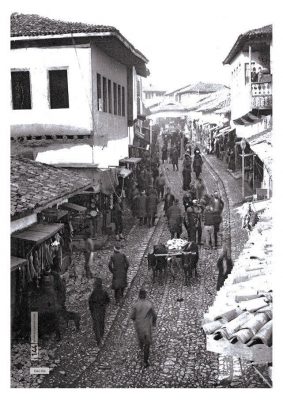
Christian Population
“In 1914, 4,283 Turkish speaking Armenians lived in the kaza of Zile, located 30 kilometers west of Tokat. All of them lived in the seat of the kaza (…).”[1] The main occupation of the Armenian population was the production of wool, cotton and silk fabrics, rug-making and agriculture. The fabric of Zela called manusa was famous.
The city of Zile had two Armenian churches (Surb Hakob and Surb Nshan / Holy Cross). In ancient times, a temple of the Iranian/Armenian goddess Anahit(a) was located in the city. There were two Armenian schools in the city, one of which was called Mesropyan.[2]
Destruction
In the second half of June 1915, in the towns Tokat, Amasya, Merzifun, Zile, Niksar, and Hereke, all located in the Sivas province, the Armenian males were arrested and almost immediately executed in their respective regions. The arrested men from Zile, among them the Hnchak pharmacist Dikran (Tigran) Seraydarian, were conducted, with their local priest at the head of the procession, to the marsh of Ğaz Göl, where they were killed.[3]
Persecution and destruction continued under the Kemalists. The 31 July 1920 edition of the Athens based Nea Hellas informed its readers of the savage Kemalist incursions into Yozgat, Samsun, Zile, Giresun, and Trabzon that included the abduction of girls, and the hanging of priests. Typical was the fate of Zile: “The whole town was torched as were the surrounding villages, 2,500 houses in all, 200 of them Armenian. All the inhabitants were put to the sword, the corpses lying for four days in the streets. On the fifth day, they were slung on to barrows and unceremoniously dumped in pits outside the towns. All these horrible crimes were carried out on the orders of Ankara and the Kemalist government.”[4]
On 22 January 1921, 72 scientists, teachers, clerks, and economic executives from Samsun, Alaçam and Bafra were arrested, together with the bishop of Zela, Efthymios (Agritellis), assistant to Germanos Karavangelis, the Metropolitan of Amasya, and the entire staff of the Metropolis. They were charged with of being involved in the Pontos Republic.[5] Together with three other captives, the now sanctified Ethymios died in prison.[6]
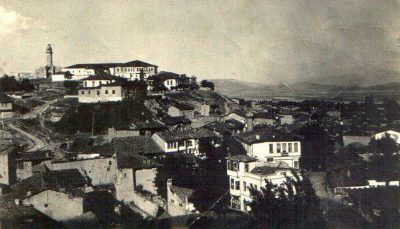
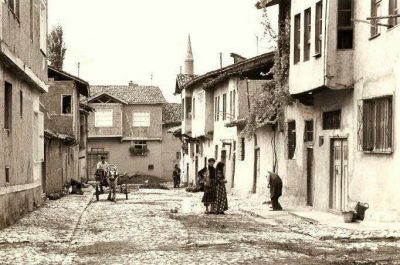
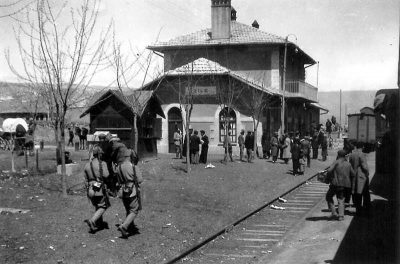
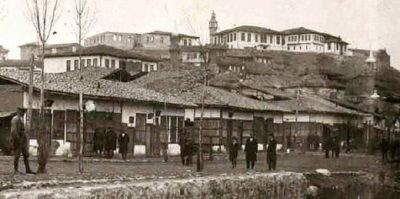
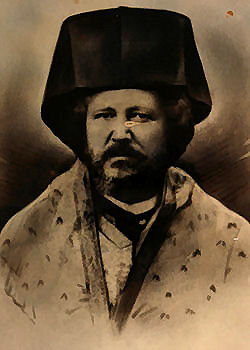
Johannes Lepsius: Report from Zile
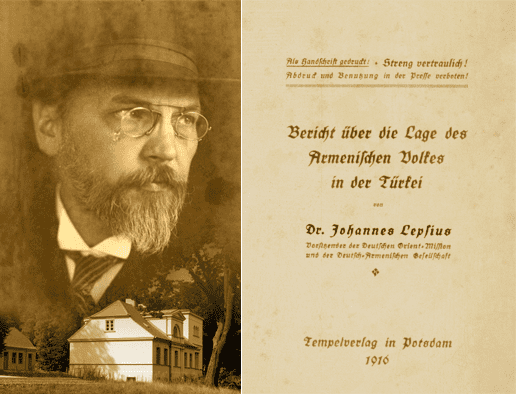
“The following incident is reported from Zile (south of Amasia):
An Armenian soldier who had been wounded and was returning from the front to his home in Zile told how he had witnessed the bishop of Sivas being shod like a horse with horseshoes before he was sent into exile. The Vali [provincial governor] had jokingly justified this ordeal by saying that it was impossible to let a bishop go barefoot.
When the Armenian soldier arrived at his home in Zile, the authorities were busy deporting the Armenians of the town. The men were taken in groups to the mountains outside the city and killed there, and the women and children were left in the open fields for several days without food until it was believed that they had worn down enough to accept Islam. Since they all refused, the mothers were bayoneted in front of their children. Then the children were sold. (The town had about 5000 Armenian inhabitants), The soldier and his brother, by enrolling as Mohammedans, succeeded in being sent back to the army.”
Translated and excerpted from: Lepsius, Johannes: Der Todesgang des Armenischen Volkes: Bericht über das Schicksal des Armenischen Volkes in der Türkei während des Weltkrieges. Potsdam 1930 (Reprint Heidelberg 1980), p. 64f.